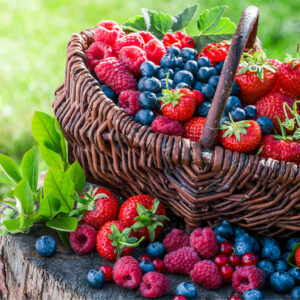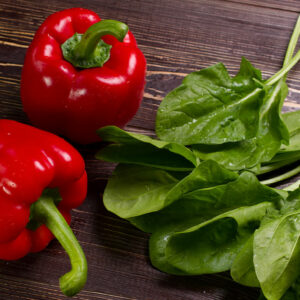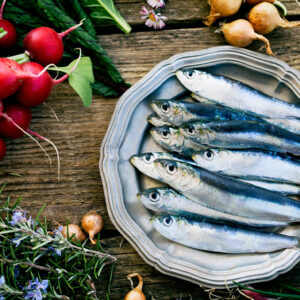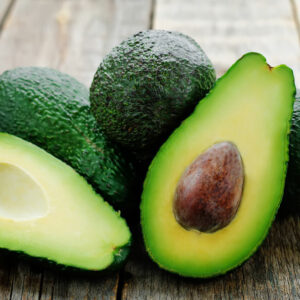
01
Rheumatoid Arthritis Management – Healthy Habits and Nutrition Tips
Rheumatoid arthritis (RA) is one of the most commonly diagnosed forms of joint and bone pain that affects adults. Inflammation is one of the most painful and triggering discomforts linked to RA. It is an autoimmune disorder meaning the immune system attacks healthy cells in the body, affecting vital joints and muscle groups. There is no cure for the condition. But rheumatologists suggest a variety of changes in daily nutrition and lifestyle habits to better manage the symptoms. Preventive and management measures These healthy changes in daily lifestyle habits can help prevent flare-ups. Maintain a heathy BMI A higher-than-recommended BMI forces the joints and muscles to buckle under pressure causing pain and inflammation linked to rheumatoid arthritis. Therefore, doctors suggest exercise and physical activity to help shed a few pounds and relieve pressure. Maintaining a healthy BMI also prevents the disease from progressing quickly. It is advisable that one starts slowly with realistic goals for body mass management and gradually add more forms of strength training to be fit. Regular exercise Physical activity is one of the main preventive measures suggested by rheumatologists. Exercise helps keep the joints mobile and muscles relaxed by actively countering inflammation. It helps strengthen the bones and lowers the risk of fracture as well. Exercise also boosts cardiovascular activity to improve circulation and triggers the release of feel-good hormones called endorphins that boost mood. Experts suggest at least 30 minutes of daily exercise to relieve joint pain. Manage stress Stress management is also an essential technique that helps prevent rheumatoid arthritis flare-ups. Some of the suggestions for lowering stress include counseling or occupation therapy, simple deep breathing exercises, and mindfulness training. These techniques help improve the outlook for living with arthritis pain or discomfort. One can also consider joining a support group for community counseling in stress management.
Read More 










